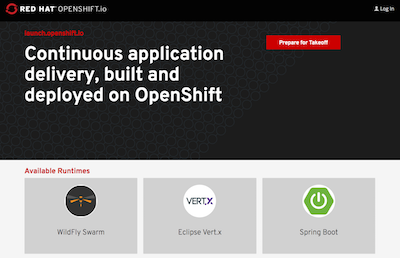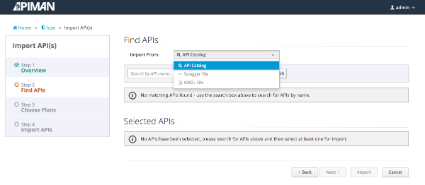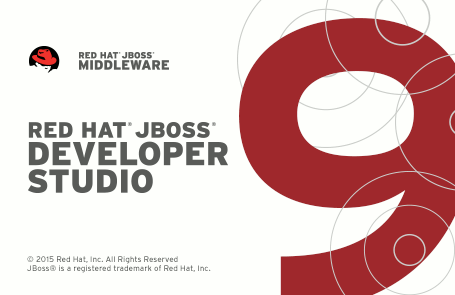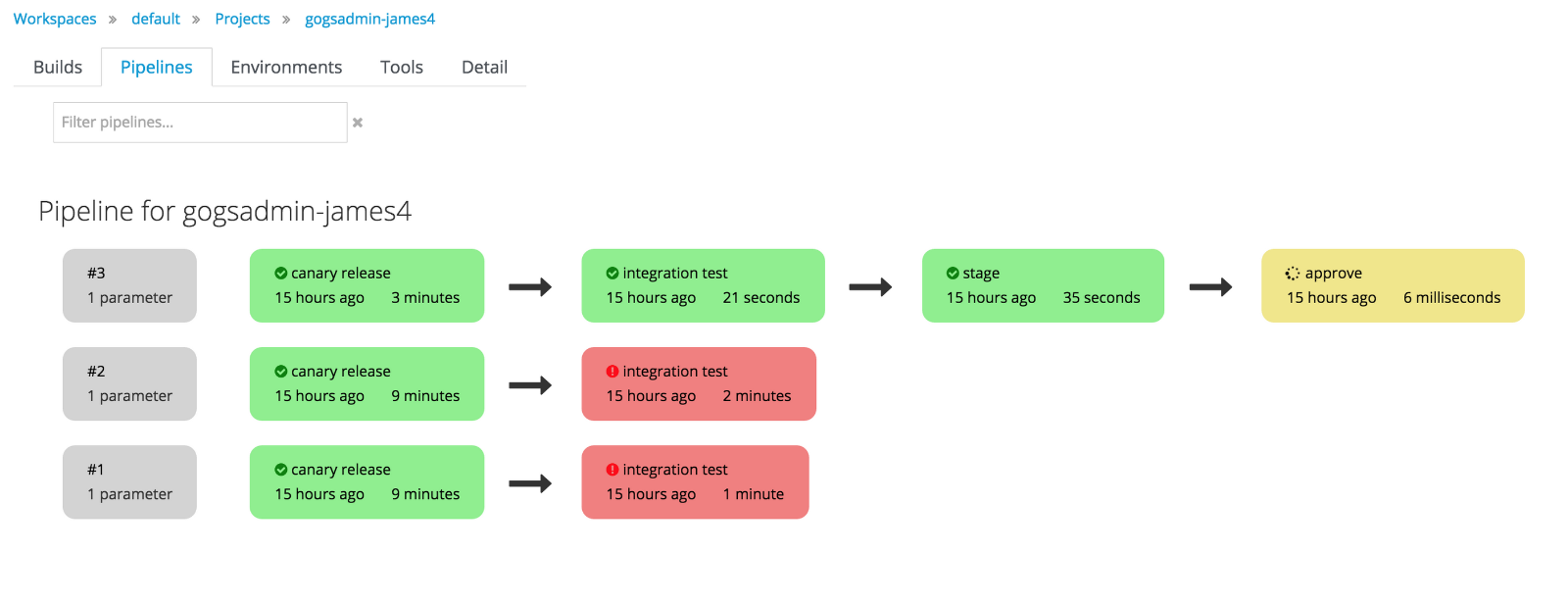Another week, another chance to discover all the amazing technology which is designed by the JBoss engineers. The Red Hat summit is over but there are still plenty of news to share with you as you will discover hereafter.
Cloud Native Development
During the Red Hat summit in Boston, the OpenShift.io platform has been announced and presented. This Saas platform which is a Web Development Cloud platform offers the possibility to you developers to plan/create/manage your Java Projects using the Eclipse Che - Nex Gen IDE part of that platform, build and package the project created as docker images deployed within OpenShift Online without no pain using Dev Tools as Fabric8 Maven Plugin. This platform is unique as it offers many different user experiences (CRUD, Health Check, HTTP Api, Externalization of the configurations, ...) and runtimes (WildFly Swarm, Eclipse Vert.x, Spring Boot, ...) to accelerate your development lifecycle. You can also create Jenkins pipeline to test, build or promote your project between environments as well as human approval steps. Pipeline definitions are written using a Groovy DSL providing huge flexibility in how you assemble the pieces into of pipelines.
If you’d like to see OpenShift.io in action take a look at the introductory video.
Polyglot language & poly runtimes
The development of the new modern applications has completely change since the advent of the Microservices Architecture Design pattern that many architects have embraced to design and develop their solutions. Such a project doesn't rely anymore to one technology specifically, one framework, one runtime but are designed as a combination of different frameworks (JEE, Spring, Rx or ReactiveJava, ...), languages (Java, JavaScript, PHP, ...) running top of different runtimes which are selected according to their CPU/memory footprint but also modules/features they allow to package "a la carte".
This is the reason why launch.openshift.io has been created in order to give you the opportunity to bootstrap your project's creation base on one of the runtimes supported; WildFly Swarm, Spring Boot and Eclipse Vert.x and using one of the real user experiences proposed; REST endpoint, Persistence using JDBC/JPA, Externalize the configuration/parameters of your application or check the health of your microservice, ...
The project generated could be downloaded as a zip and used in your favorite IDE or added to your Github organization and imported in OpenShift as a new project. Like the Saas OpenShift.io platform, jenkins and CI/CD paradigm is enable out of the box.
CDI 2.0 spec - final ballot approved
As reported this week by Antoine Sabot-Durand, the Java Specification Request #365 which refers to the design of the specification about the "Contexts and Dependency Injection for JavaTM 2.0" has been approved unanimously by the members of the JCP Executive commitee. The goal of this new spec is to deliver a major update to CDI 1.1 but focused on the following features: define the behavior of CDI outside of a Java EE container & make CDI more modular to help other Java EE specs to better integrate with it. So, this spec will allow much wider adoption of CDI in the Java world, and provide a great stepping stone between Java SE, a servlet container, OSGi and a full Java EE server and will certainly simplify the development of the Microservices !
For those which are interested to discover the document of the specification, you will find the information here
Releases, release, releases ....
- Apache Camel 2.19 is out
- Apiman 1.3.0 final version released
- Teiid 9.2.3 released
- Hibernate Search 5.8.0 is out
I hope this week's editorial has provided you with something of interest, please join us again next week when we will bring you more news from JBoss and the JBoss Communities.








